According to Soumi Roy Chowdhury, Devendra B Gupta and Sanjib Pohit, “The value of a river will depend on a unique data-set to construct the water poverty profile and experts who can suggest future correctives” In India, water is rarely a focus area in the discourse about new pathways for development. The narrative generally centres on two things: First, the availability of water and second accessibility to good and safe drinking water. Public policies largely focus on the latter even as the Government launches flagship programmes like Namami Gange and National Rural Drinking Water Programme.
But to be able to measure societal impact of any given programme, it is important to have baseline and end line information. In this case, how river water scarcity or its quality impacts common households. Specially, information on the use of water, livelihood aspects and quantifiable aesthetic value of the river are of utmost importance to gauge value.
Such information is, however, sparse and available only for pilot projects. Further, no serious efforts have been made to compile them for better identification of water- stressed regions, especially in the Indian context. However, efforts are under way to create a data-driven policy-making in our country.
With the launch of the Composite Water Management Index developed by NITI Aayog, one gets a sense of the macro picture of the effectiveness of water management across various States. Efforts like these must, however, be complemented with information linking household welfare, understanding livelihood implications of water scarcity and the degree to which it impacts human population. All of these can succinctly bring disparate data sources together.
Further, river basins in India are of different sizes, with habitation and livelihood depending on it. Therefore, analysing the communities living off the basin is critical to take into account both the physical and socio-demographic factors associated with water scarcity. A water poverty index approach is appropriate for such an analysis as it can monitor both the availability of water as well as the socio-economic factors that hinder the use and access of the same.
Elsewhere in the world, water poverty index, a relatively newly introduced policy tool, has caught the attention of policy-makers in the realm of water-driven issues. However, it is yet to catch the attention of Indian researchers and legislators.
The concept is based on the premise that the lack of adequate water supply in a country can lead to poor health of its population, whereas despite its availability, it is the user cost of clean water that can drive one to use inadequate and unreliable sources of water supply.
Therefore, a country, which is water-scarce should encompass understanding of different inter-related components: The availability of internal water resources and external water inflows followed by access to safe water and sanitation in the region. Equally important is to capture the share of regional water use for domestic, industrial and agricultural purposes.
Scientific measurements of water quality parameters are equally critical to understanding the role of different kinds of regulatory mechanisms to preserve the water body, including biodiversity threats.
Last but not the least, the socio-economic ability of availing clean water resources and status of health information constitute the much-needed water data for a comprehensive analysis. The applicability of this kind of measure goes beyond just ranking the regions, which is the usual reporting norm, but actually categorising the components. Targeted approach allows diagnosis of the source of water problem and helps identify those policy parameters that need more attention.
Indeed, this is by no means a simple task that can be accomplished easily. An interdisciplinary team of researchers is needed to understand and analyse the water poverty index of a river basin. More frequently, it happens that data is not available at the adequate level in India. For example, scanty information is available on water scarcity or how the poor quality of the same impacts the health and developmental goals of the people in various communities across river basins.
In sum, working towards a unique data-set to construct a water poverty measure will require hydrologists, who can advise on the water flow and availability, scientists who can develop water quality measures and social science researchers, who can assess the information on the use and implications of river water usage, including health costs, economic costs and other socio-demographic linkages.
(The writers are Associate Fellow and Professors at National Council of Applied Economic Research (NCAER), New Delhi. Views expressed here are personal)
Writer: Soumi Roy Chowdhury, Devendra B Gupta and Sanjib Pohit
Courtesy: The Pioneer







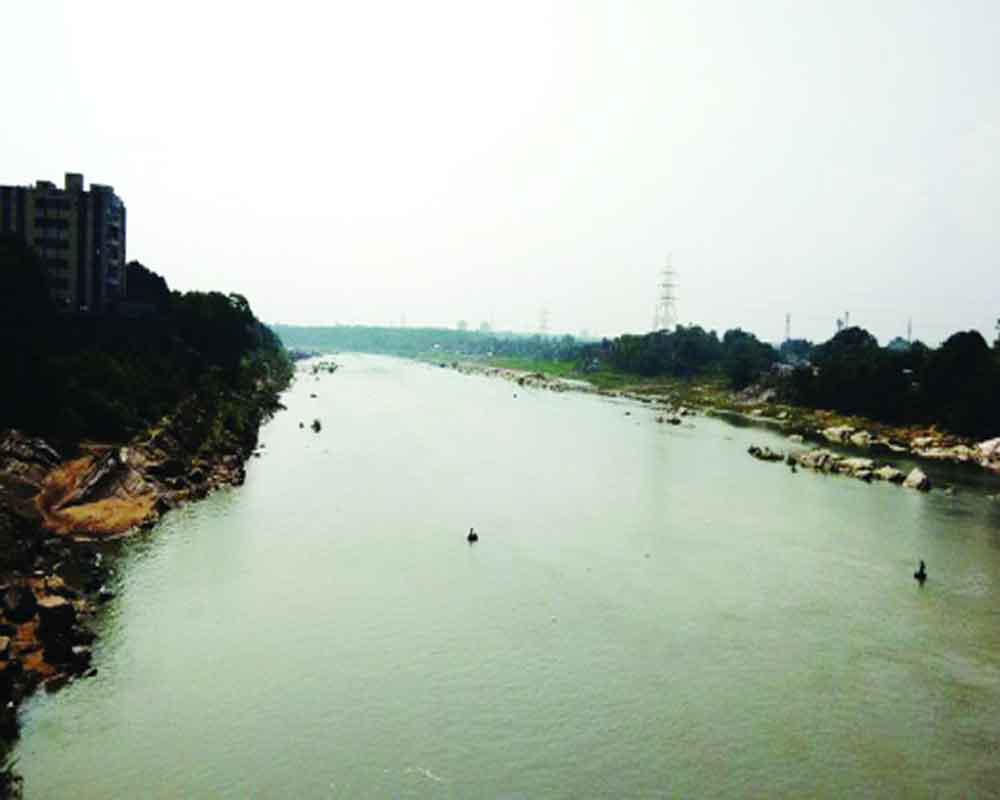
 OpinionExpress.In
OpinionExpress.In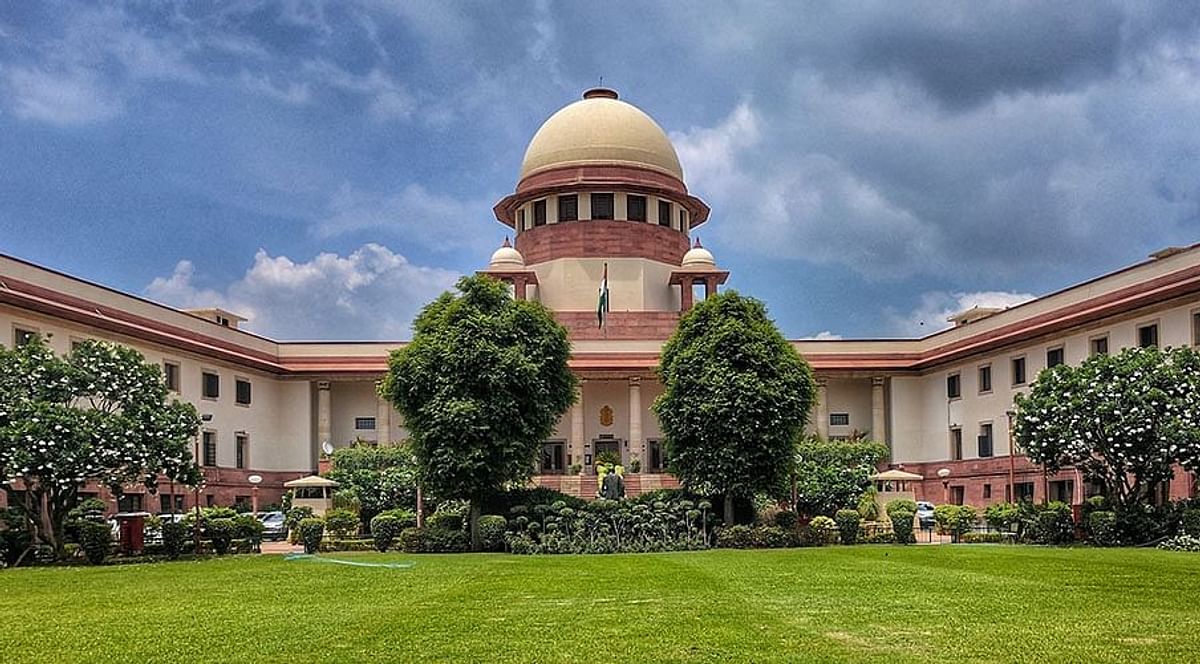
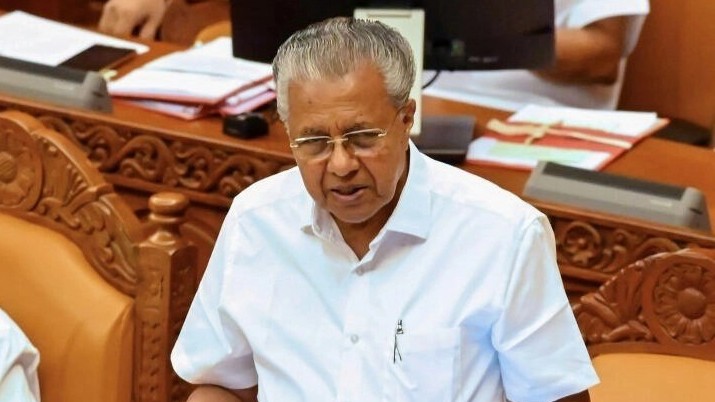
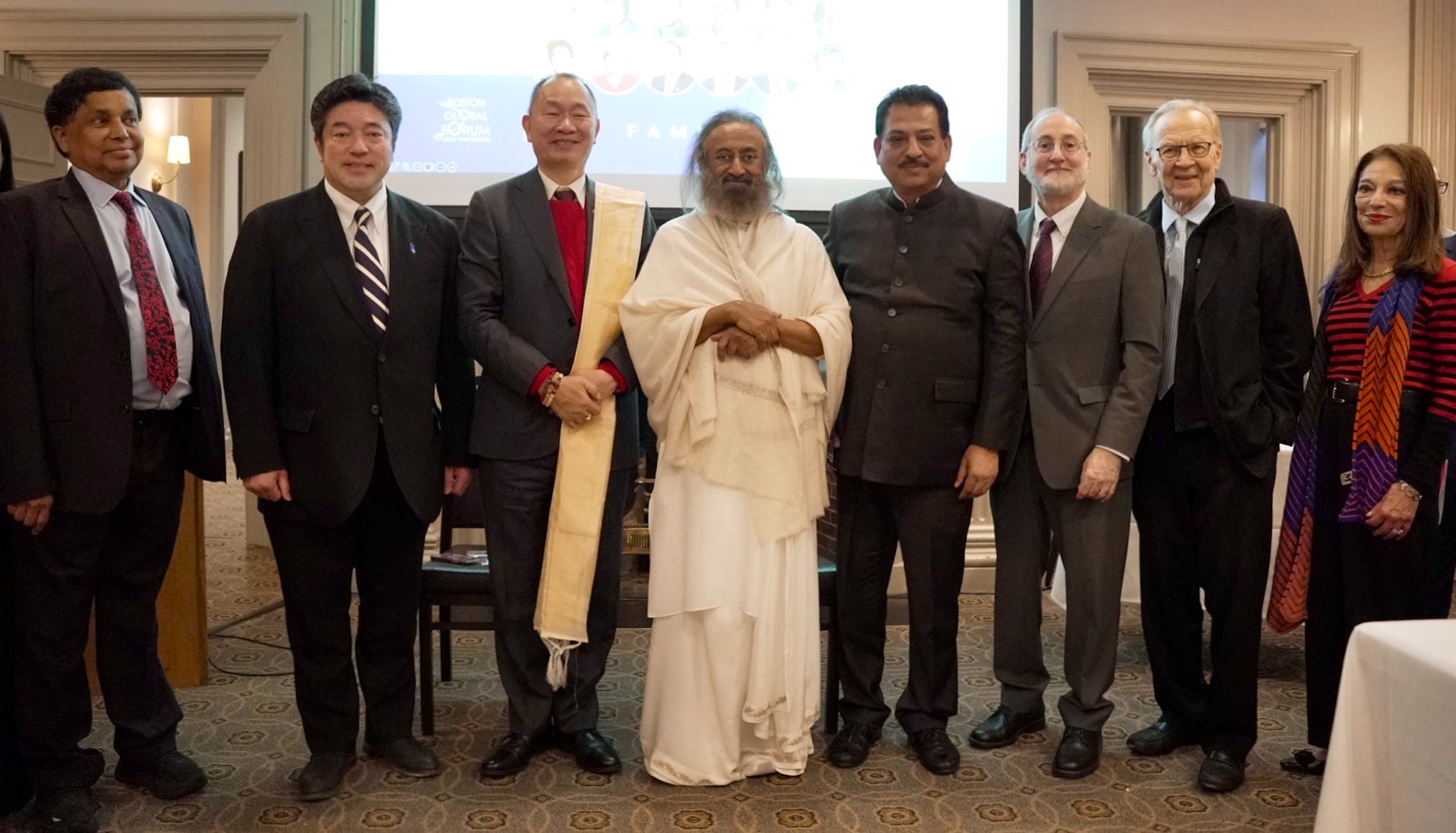
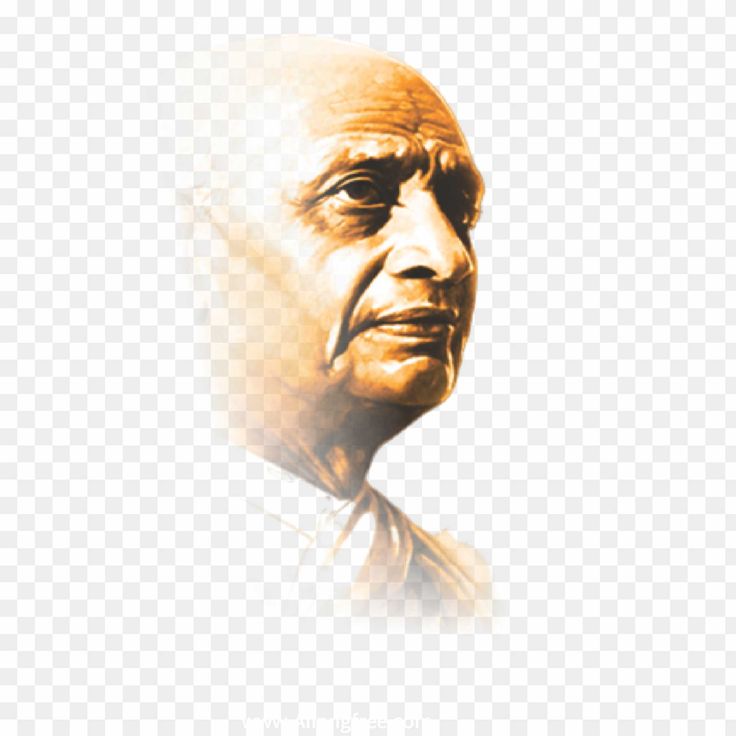
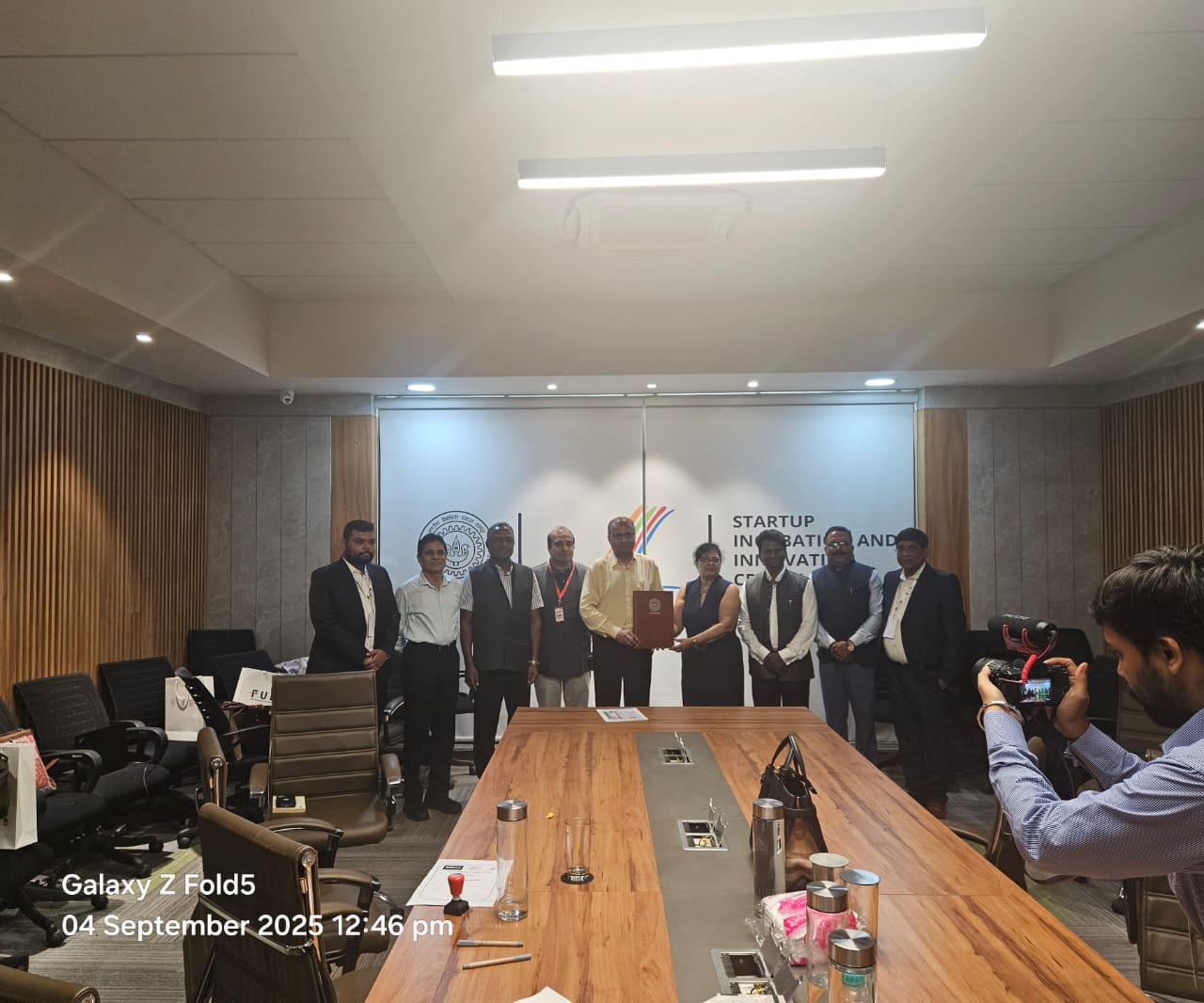
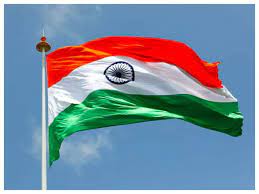
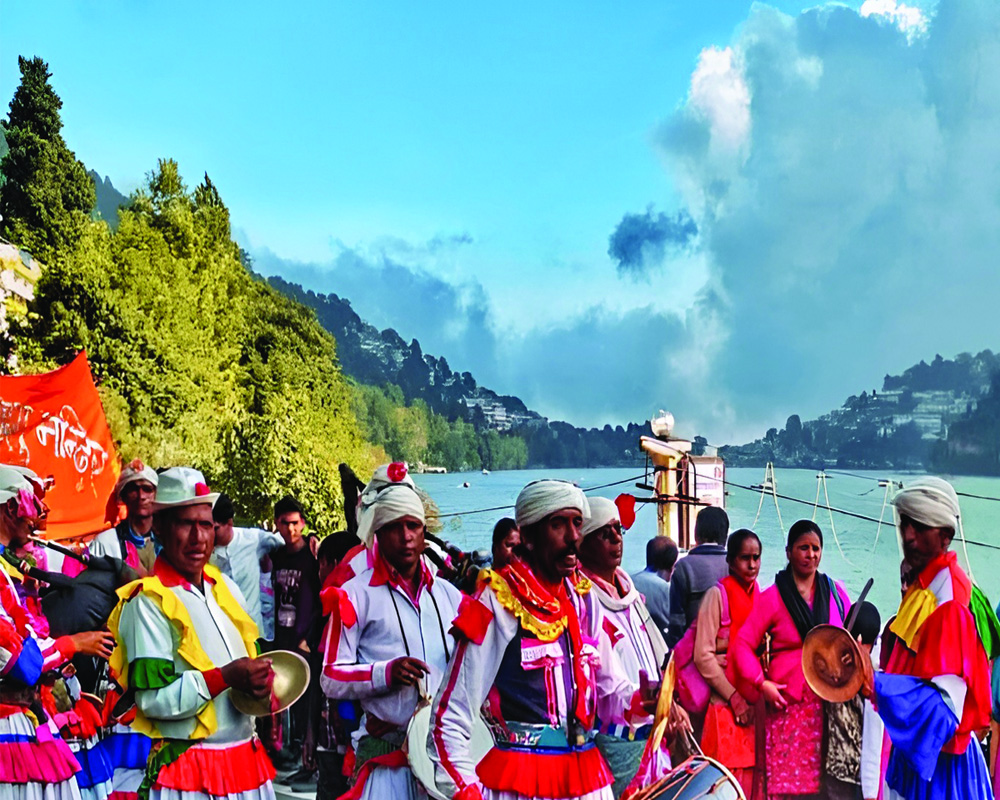









Comments (0)